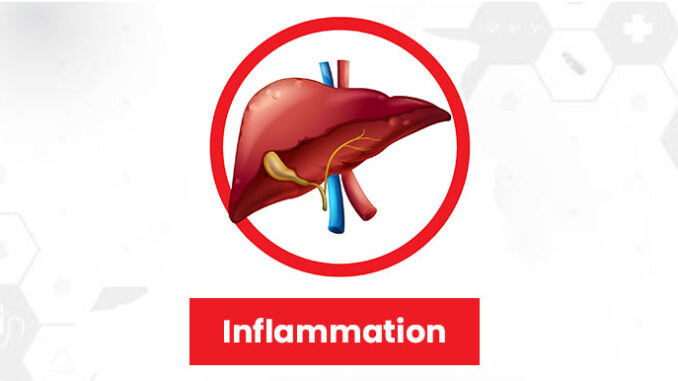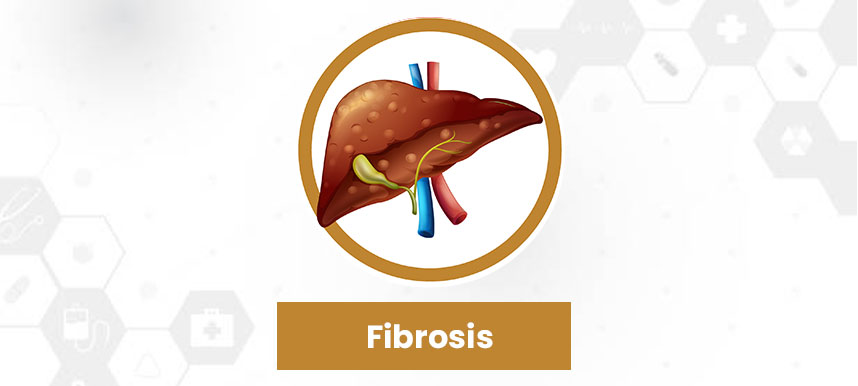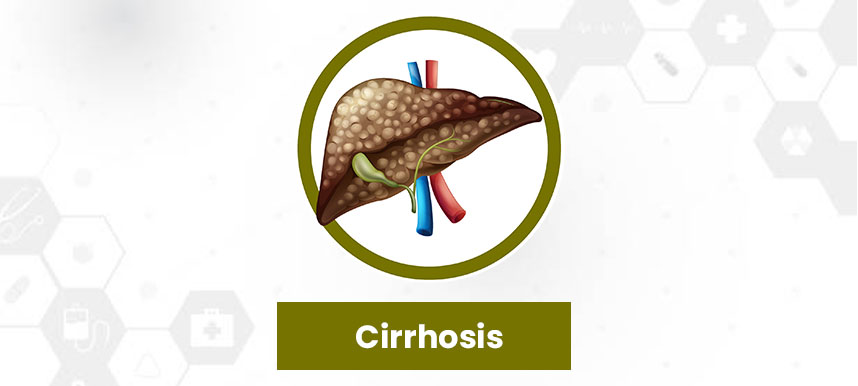
Our liver is a very active organ performing over 500 functions. The importance of liver health can not be overstated. Still, many people are neglectful of it. This leads to liver disease that can progress to liver failure. Such a condition would require a liver transplant. When we have liver disease, there is a step-wise descent in our liver health which we have enumerated below:
Stages of Liver Disease
1. Inflammation
This is the first stage where various agents damage the liver cells leading to enlargement of the liver. This diseased inflammation is known as hepatitis. Due to this, the person experiences abdominal pain, specifically in the upper right quadrant of the abdomen. At this stage, the disease can be treated. However, people with non-alcoholic fatty liver disease may not experience any symptoms at this stage.
2. Fibrosis

If the liver disease is not detected early, it can lead to fibrosis or scarring. Fibrosis distorts the shape and blood flow of the liver. When the tissues stop receiving blood, they become necrotic and eventually die. Slowly, the scar tissue replaces the healthy tissue in the liver.
Fibrosis is marked by persistent inflammation and excessive deposition of collagen that stiffens the liver. Lifestyle changes and medications at this stage could help in reversing the condition to some degree.
3. Cirrhosis

This is defined as irreversible scarring of the liver. There is no possibility of liver healing and it becomes permanently damaged. This phase is associated with symptoms like discomfort, tenderness in the abdomen where the liver is present, and pain. The patient may also have jaundice. It takes a long time to get to this stage. People with cirrhosis also have a high chance of developing liver cancer. Some of the conditions that could cause cirrhosis are:
- A long history of alcohol abuse
- Long-term chronic viral hepatitis
- Diabetes
- Obesity
- Accumulation of fat in the liver like in the case of non-alcoholic fatty liver disease
- Hemochromatosis that leads to iron buildup
- Wilson’s disease
- Cystic fibrosis
- Infection with brucellosis and syphilis
- Medicines like isoniazid
4. Liver failure
If cirrhosis is left unattended, it can progress to liver failure. At this stage, the liver stops functioning altogether. Liver failure can be acute or chronic. Acute liver failure occurs within a short span of 48-72 hours. It usually happens as a consequence of drug overdose or toxicity. Chronic liver failure occurs more slowly and usually progresses through each stage. In this type of liver failure, the patient experiences weight loss, diarrhea, nausea, and vomiting. The person may also undergo mental and cognitive changes, often feeling confused. This requires immediate action but liver failure cannot be treated.
A liver transplant is the only option in case of liver failure. The patient can be put on life support till a matching liver is found. But it has to be transplanted soon to save the patient’s life.
Avail Liver Transplantation Across the World
| Liver Transplant in Different Countries | Starting Cost in USD |
|---|---|
| Liver Transplant in India | $25090 |
| Liver Transplant in Turkey | $52710 |
| Liver Transplant in Thailand | $65000 |
| Liver Transplant in Singapore | $290000 |
| Liver Transplant in Israel | $350000 |
| Liver Transplant in South Korea | $250000 |
Conclusion
In most cases, patients are unaware that they have liver disease. This allows the disease to progress. Reading through these stages of liver disease makes us realize how vital it is to take care of our liver to prevent severe consequences. By adopting a healthy lifestyle and getting blood tests done regularly, we may be able to create a roadblock to its progression.
FAQ’s about Stages of Liver Disease
The third stage of liver disease is known as cirrhosis. This is caused by excessive or severe scarring of the liver. At this stage, you can experience symptoms like jaundice, weight loss, fatigue, and loss of appetite.
Usually no, cirrhosis cannot be reversed. If you have been diagnosed with cirrhosis, you are probably suffering from permanent damage to your liver.
The end-stage liver disease may cause symptoms like intense itching, easy bruising, and jaundice. In the final stages, a liver transplant is usually recommended to patients.
Cirrhosis is a serious yet slow disease. It can take about 10-30 years to develop. This can be influenced by factors like lifestyle, age, genetics, and the cause of cirrhosis.
Usually, patients with acute liver failure will receive a liver transplant. Otherwise, the hepatologist will try to treat the source of liver damage itself. This generally involves controlling the complications of liver disease.
The post What Are The Four Major Stages of Liver Disease appeared first on MediGence.